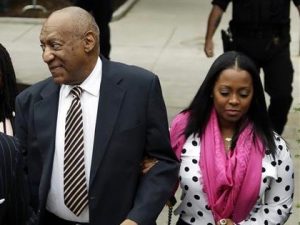“Diversity” in the Law: Savvy Business, Self-Motivation, or Both?
 “Diversity” is a term to qualify something diverse, which the American Heritage dictionary defines as “made up of distinct characteristics, qualities, or elements.” Diversity in the work environment of law firms, agencies, in-house counsels, and non-profits usually relates to the genetic makeup of the employees’ gender, race, national origin, and sexual orientation, but for purposes of brevity and, frankly, your time, this post focuses solely on race.
“Diversity” is a term to qualify something diverse, which the American Heritage dictionary defines as “made up of distinct characteristics, qualities, or elements.” Diversity in the work environment of law firms, agencies, in-house counsels, and non-profits usually relates to the genetic makeup of the employees’ gender, race, national origin, and sexual orientation, but for purposes of brevity and, frankly, your time, this post focuses solely on race.
In 2007, per the ABA National Lawyer Population Survey, the racial demographic of the attorney population consisted of 77.6% Caucasian/White, 3.2% African American, 3.1% Hispanic and even lower numbers for the other categories of races and ethnicities. Not surprisingly, this disparity has not made much progress in the past decade which is displayed in the 2017 percentages that show attorneys consisting of 66.8% Caucasian/White, 4.1% African American, and 3.9% Hispanic. Accordingly, these statistics create more questions than answers, such as: Why is there such a low presence of minorities in the law? Is this disparity due to a systemic problem in the American education system or attributed to employers’ implicit bias? Do schools/employers care about these statistics? If not, should they?

